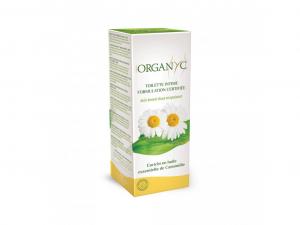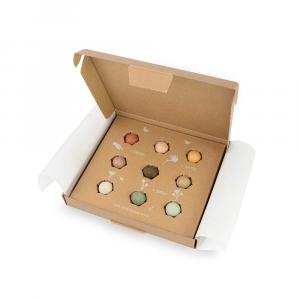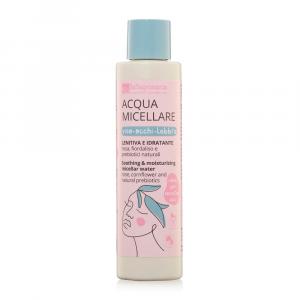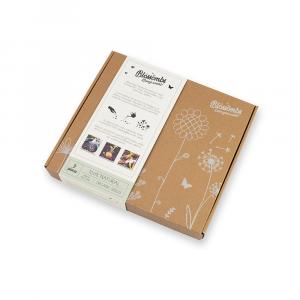Field cornflower (Centaurea cyanus)
Other names: blue cornflower, cornflower, Centaurea segetum, field cornflower, bluebell, bluebell, buttercup, charba, ash tree, bluebell
Harm score: 1 (Natural substances)
Field cornflower, also known as blue cornflower, Centaurea segetum, nevädza poľná, bluebell, bluebell, bluebell, charba, ash, ashblossom, bluebellflower is a Czech plant that belongs among the traditional symbols of rural romance. It is part of the star family and May to September is when its blue flowers catch the eye of many visitors to the countryside. However, it is also grown in gardens, especially for its unpretentiousness and high drought tolerance. Its form is very typical - the centre of the flower is made up of dark purple tubular florets surrounded by light blue tongue florets.
Field cornflower is a plant that finds wide application in various sectors. It is particularly popular in the cosmetics industry, where it is used to produce various oils, shampoos, soaps or lotions. Thanks to its medicinal properties, cornflower is included in some herbal teas and syrups. It also has a place in gastronomy, specifically in salads, as a garnish or as an ingredient in liqueurs. Field cornflower is also often used in flower arranging, its blue flowers are ideal for creating contrast in bouquets. Its unpretentiousness and beauty also make it a popular plant for ornamental gardens. Its seeds are also used in the food industry, especially for the production of vegetable oils.
Field cornflower (Centaurea cyanus) can be found in the following products

Intimate hygiene gel BIO (250 ml) - with chamomile and calendula extract
Product detail
Seed Bombs - Gift Box Bouquet (9 pcs) - the original gift of love
Product detail
Seed Bombs - Small gift for teachers - Bunny (2 pcs)
Product detail
Hydrating micellar water with prebiotics (200 ml) - with Damask rose and cornflower
Product detail
Seed Bombs - Medium Gift Set (9 pcs) - original and practical gift in one
Product detail